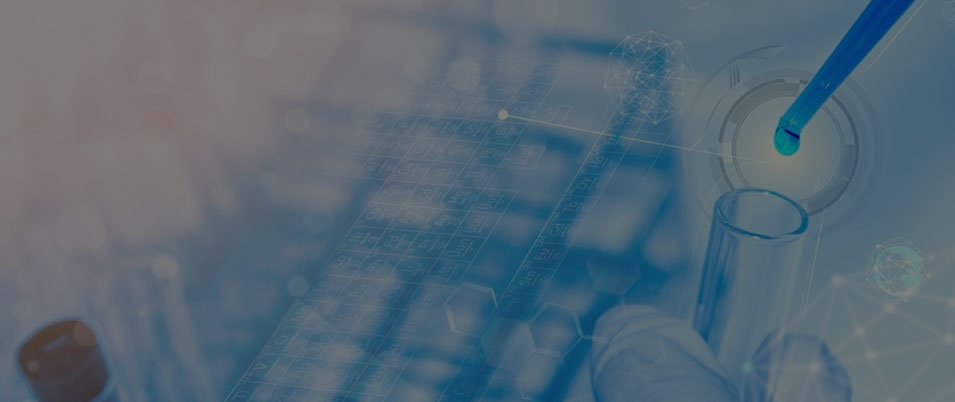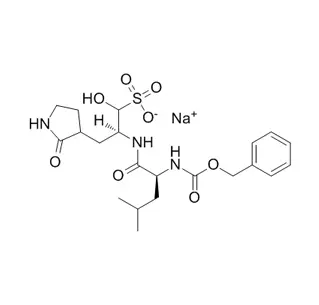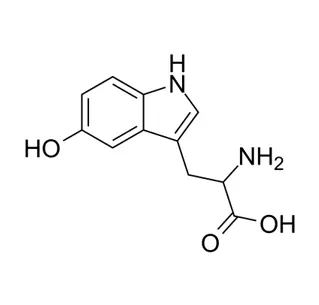
Search

Search

Pesticides are mainly used for controlling agricultural pests and urban health pests, with a long history of use, large quantities and many varieties. In the 20th century, the rapid development of agriculture led to a significant increase in agricultural output thanks to pesticides. However, almost all pesticides seriously alter the ecosystem, and most are harmful to humans. Other pesticides can become concentrated in the food chain. It is necessary to achieve a balance between agricultural development and environmental and health concerns. Here are three different types of pesticides:
Bacterial pesticides are the earliest developed and most widely used microbial pesticides. The species used for research and application include Bacillus thuringiensis, Beauveria bassiana, Paecilomyces fumosoroseus, and Bacillus popilliae, among which Bacillus thuringiensis is the most representative species. Bacillus thuringiensis produces crystal toxin and is an important insect pathogen with a broad host range. It is a stomach toxicpesticide. Bacillus thuringiensis has different levels of toxicity to various agricultural pests, including cotton bollworm, tobacco cutworm, silver-striped hawkmoth, oblique-banded leafroller, beet armyworms, cutworms, rice leafroller, corn borer, diamondback moth, and tea tussock, among others. It is also effective in controlling mosquito larvae and grain-eating pests.
Fungal pesticides are a kind of insect pathogenic fungus with a broad host range and are contact-killing microbial pesticides. The main species used for research and utilization are Beauveria brongniartii, Metarhizium anisopliae, Nomuraea rileyi, Isaria fumosorosea, and Lecanicillium lecanii. Beauveria brongniartii is the fungal pesticide with the longest research time and the largest application area. Metarhizium anisopliae is a broad-spectrum insect pathogen that has been used to control pests abroad, and its control effect is comparable to that of Beauveria brongniartii.
The specificity and good selectivity of bio-insecticides determines that their pest-killing species and host range are relatively specialized. Insecticidal agents made from insect pathogenic microbes such as Bacillus thuringiensis and insect viruses can not only control Lepidoptera pests such as cotton bollworms, cabbage caterpillars, and diamondback moths, but also control beetles and the Mexican fruit fly. Therefore, when using bio-insecticides, they should be chosen according to the specific pest species that occur. For broader spectrum pest control needs, integrating a chemical approach such as diflubenzuron insecticide might be considered to complement the action of bio-insecticides.
The insecticidal mechanism of bio-insecticides is different from that of chemical pesticides, and generally requires infection, parasitism, reproduction, and stomach toxicity to take effect. Therefore, when using bio-insecticides, it is necessary to grasp the period of peak hatching or the low larval stage for application. This can enable the agent to penetrate into the insect eggs or attach to the eggshell, so that the larvae become infected and dies after hatching, while also ensuring that the pest dies after feeding. It’s important to note that N,N-Diethyl-m-toluamide (DEET), as a chemical repellent, operates differently by deterring insects rather than killing them, highlighting the distinct approaches between repellents and bio-insecticides or chemical pesticides.
Bio-insecticides have good "activity," and the environment and scientific application methods are crucial for their effectiveness. For example, when applying insect pathogenic microbial pesticides such as Bacillus thuringiensis and insect viruses, it is generally recommended to choose warm and humid evenings or cloudy days for application. Moreover, it is strictly forbidden to use them together with fungicides or alkaline pesticides. Plant extract pesticides should not be stored for long periods and should be used as soon as they are prepared to avoid reducing their effectiveness.

Quick Links
Add:
E-mail:
 English
English  Español
Español  français
français  العربية
العربية 


